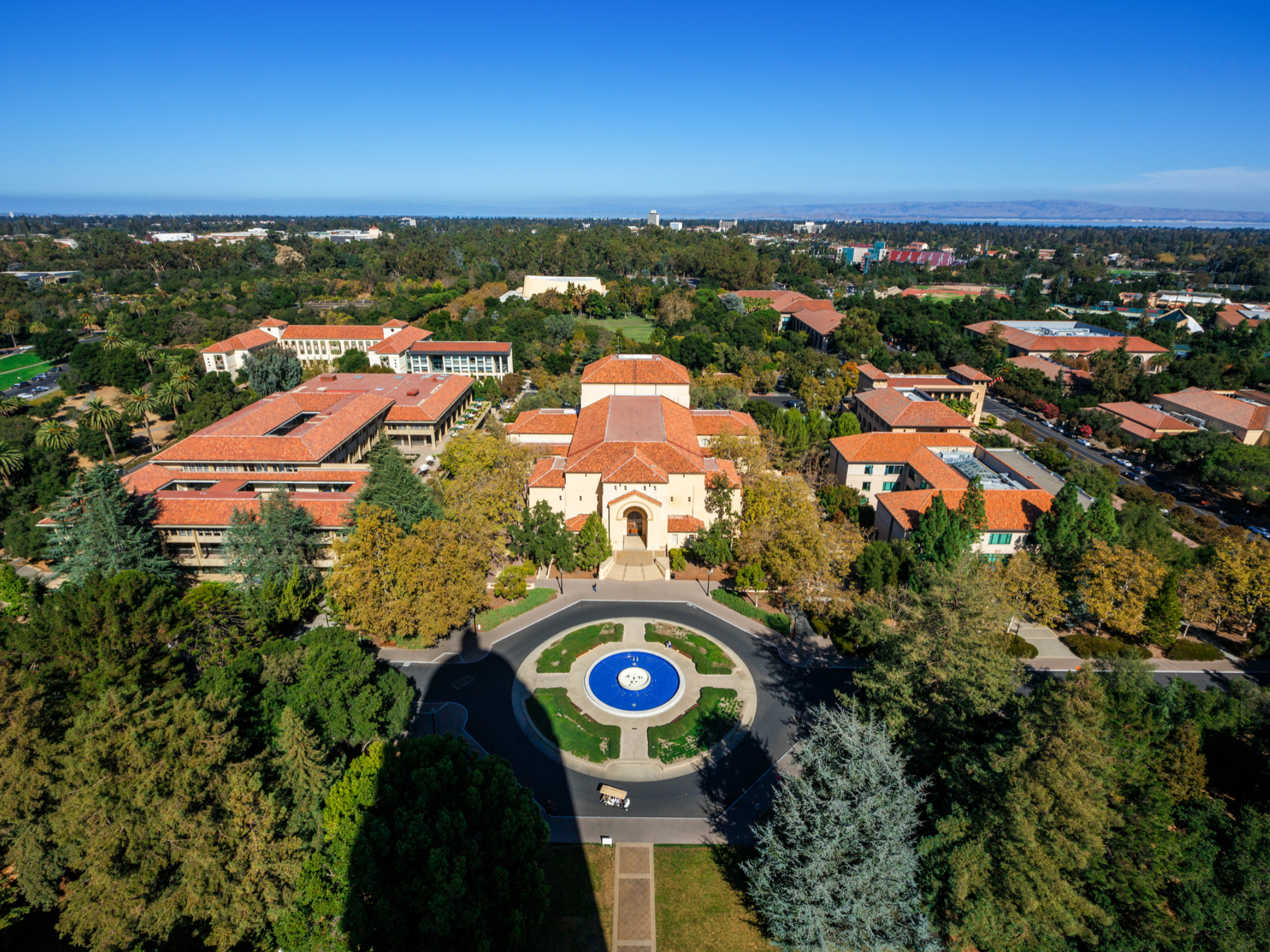The more you know about your energy usage, the better you can manage it. The U.S. Department of Energy's Smart Energy Analytics Campaign shows how well energy management and information systems work. After the first year, 27 campaign participants representing 94 million square feet realized average savings of more than 4%.
Knowledge is power
Stanford University, a campaign participant, installed an energy information system (EIS) to manage its 315 housing and dining facilities, which total nearly 5 million square feet and represents one-third of campus. These facilities house 13,000 residents and serve 3.5 million meals per year.
An EIS combines software, data acquisition and communication systems to store, analyze and display building energy meter data hourly or more frequently. To accommodate 2,000 utility accounts across three energy providers, Stanford connected all 315 facilities to the EIS.
Overall, the EIS system monitors 443 buildings. There were seven integrations of nontraditional data sets, including domestic water cost per meal and steam and hot water cost per meal. The system helped to:
Visualize impact of operational changes. Expanding meal times by another two hours increased the number of meals by 28%, electricity usage by 26% and hot water usage by 85%.
Enhance understanding of behavior change. During winter break, checklists were posted in dormitories to encourage students to turn down thermostats, unplug devices and switch off lights. Over the three week period, energy and water savings totaled $34,000.
Ensure maintenance is completed. The EIS was designed to track work orders in relation to energy use. During winter break, one building didn't have its heat turned off as the work order requested and marked as completed. The EIS system identified such errors.
Compare staff versus student behavior. Hot water usage showed a similar performance between students and staff — both groups turned down the heat. However, electricity usage was a different story, with students showing a 45% reduction compared to only 6.5% for staff.
Correct operating errors. Installing convectors for individual control of heat in dorm rooms at first showed a small increase in hot water usage. After adding signage showing proper operation, usage dropped by 20%.
Increase transparency of energy use. By providing access to data for all staff and students, everybody becomes an energy manager. This leads to improved awareness, helping reduce costs. Previously, the 50 individuals responsible for building management had never seen energy usage information.
Passing the test
Stanford is well on its way to reaching its sustainability goals — energy savings of 10% and landfill capacity reduction of 5% by 2021. Savings goals for 2018 were:
- Electricity and hot water usage: 8% each
- Natural gas consumption: 7%
- Chilled water usage: 5%
- Landfill capacity: 14%
Total savings for the year was $450,000 for energy and $122,000 for waste. These savings wouldn't have been possible without the EIS system.
We Energies also provides EIS data for customers. Request to be contacted by an energy adviser to get signed up and learn how to use it to manage your energy costs.

